Abstract
A survey conducted in 1980, 9 years after the banning of the use of tetracyclines as feed additives in the U.K., indicated that table chickens and pigs were still a large reservoir of tetracycline-resistant Escherichia coli; the incidence of transferable tetracycline resistance was greater in chicken E. coli strains (68%) than in pig E. coli strains (20%). Large amounts of sulphonamide-resistant and of furazolidone-resistant E. coli were found in the faeces of chickens; E. coli resistant to both sulphonamides and streptomycin were common in the faeces of chickens and pigs. E. coli with transferable or mobilizable trimethoprim resistance were present in the faeces of most pigs and in the faeces of 10% of chickens.
Full text
PDF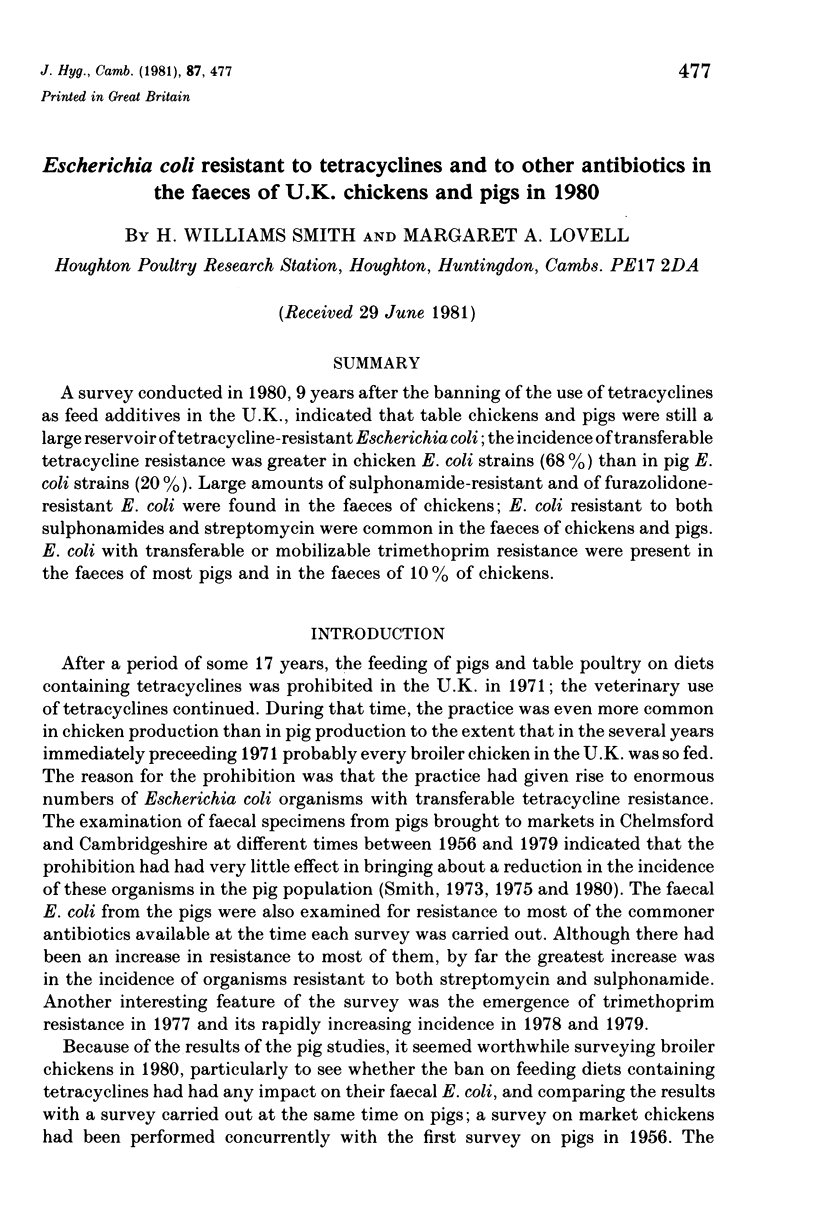
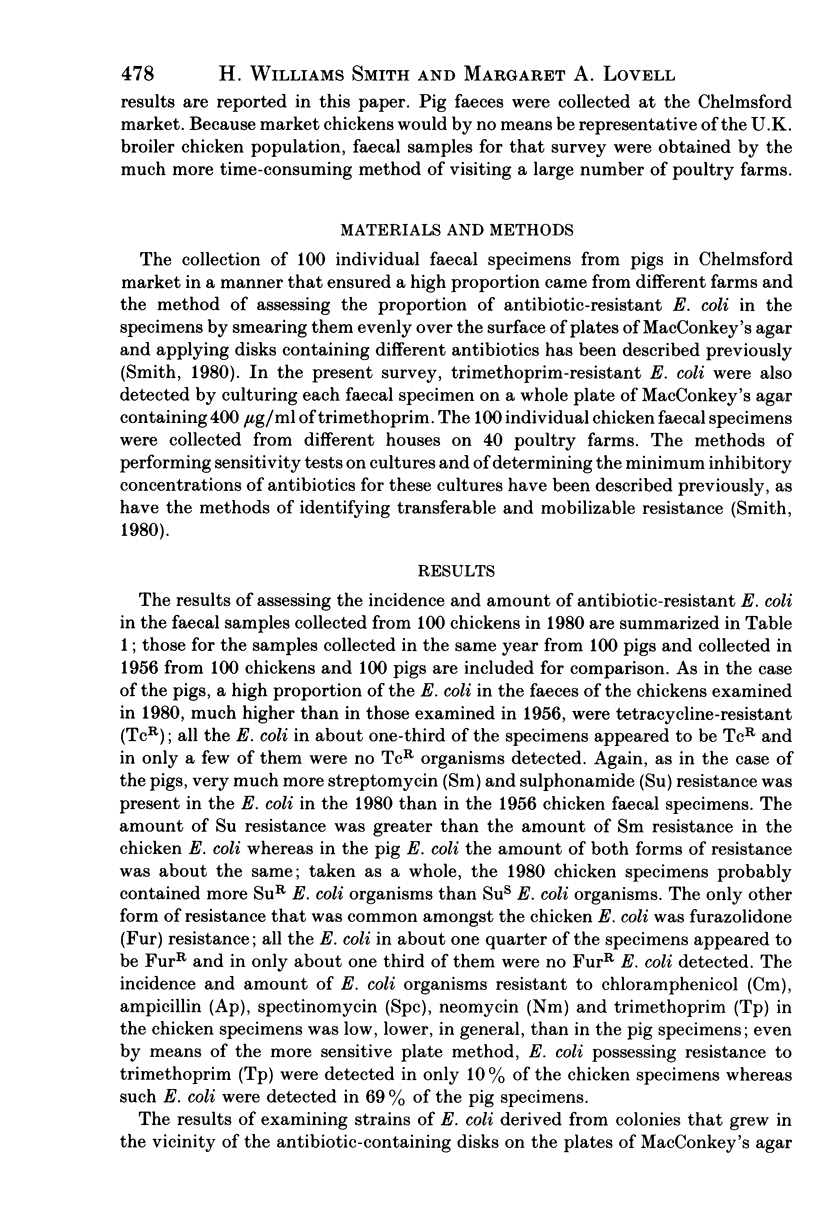
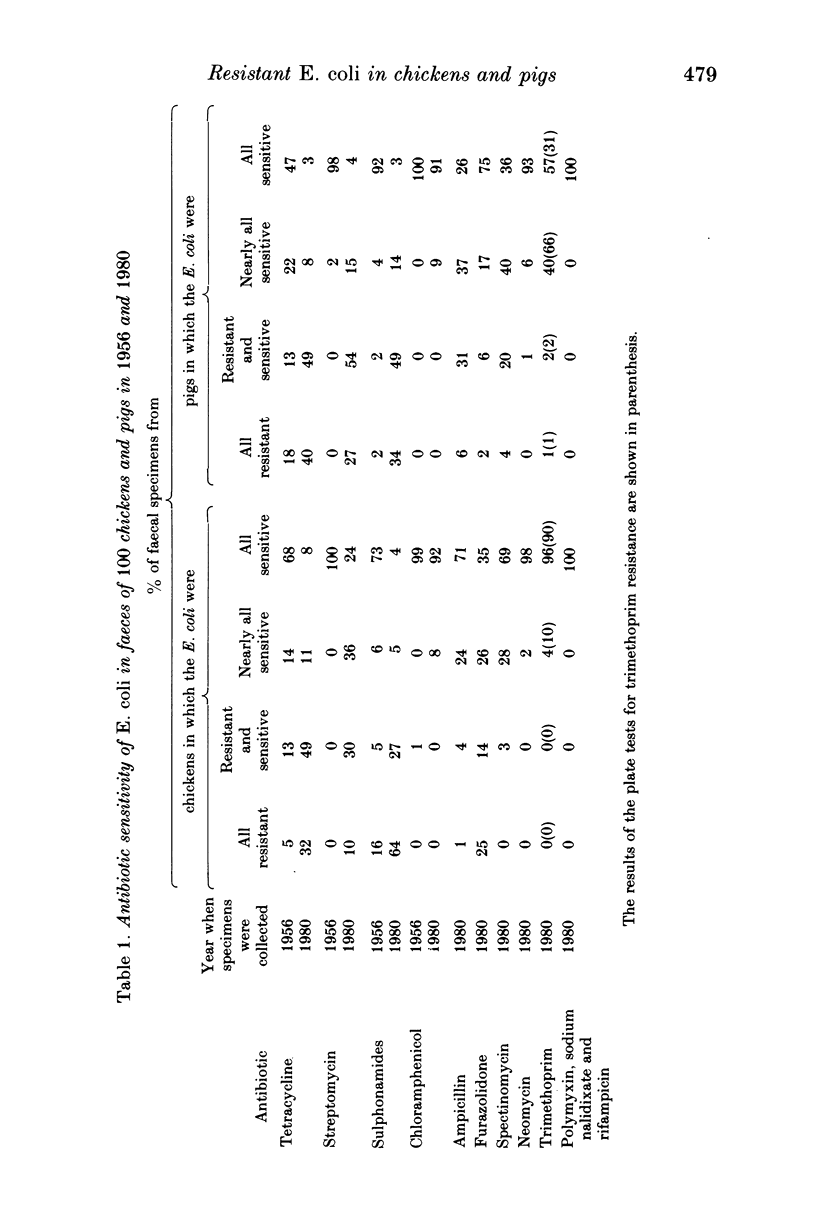
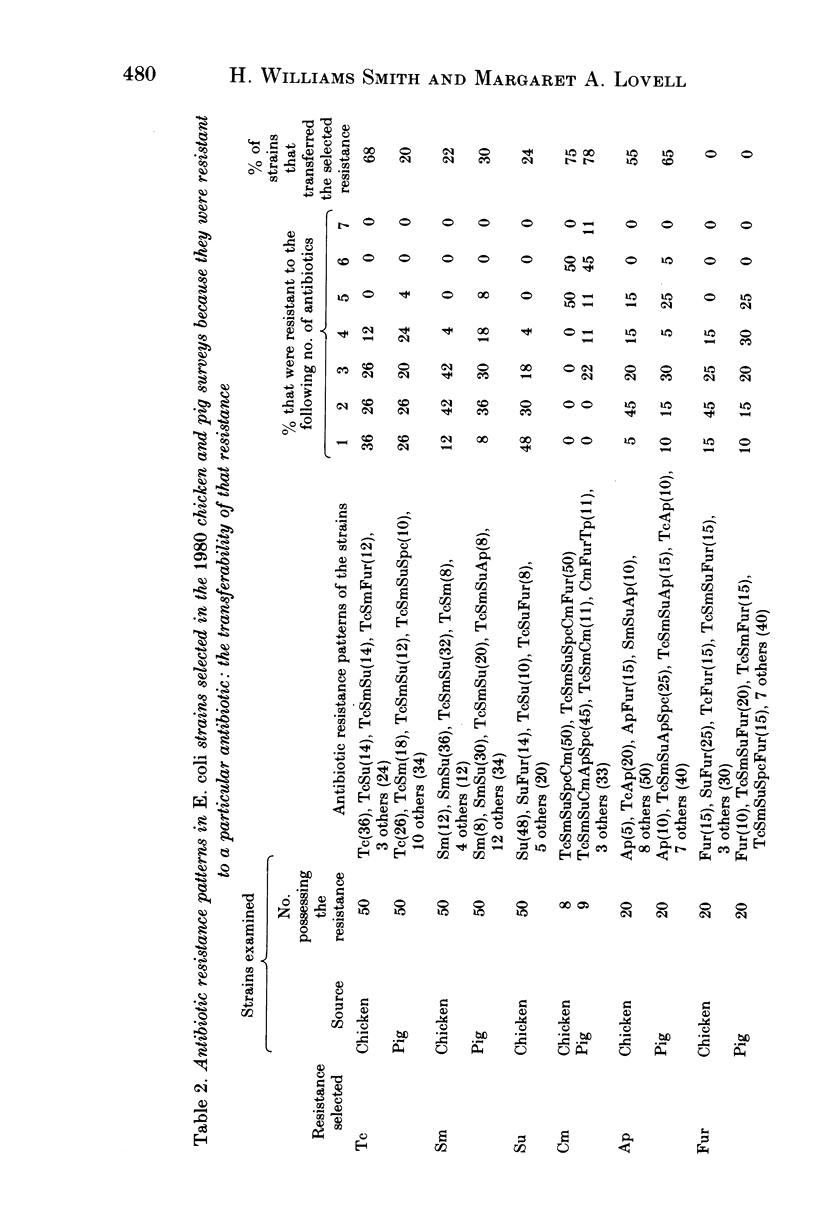
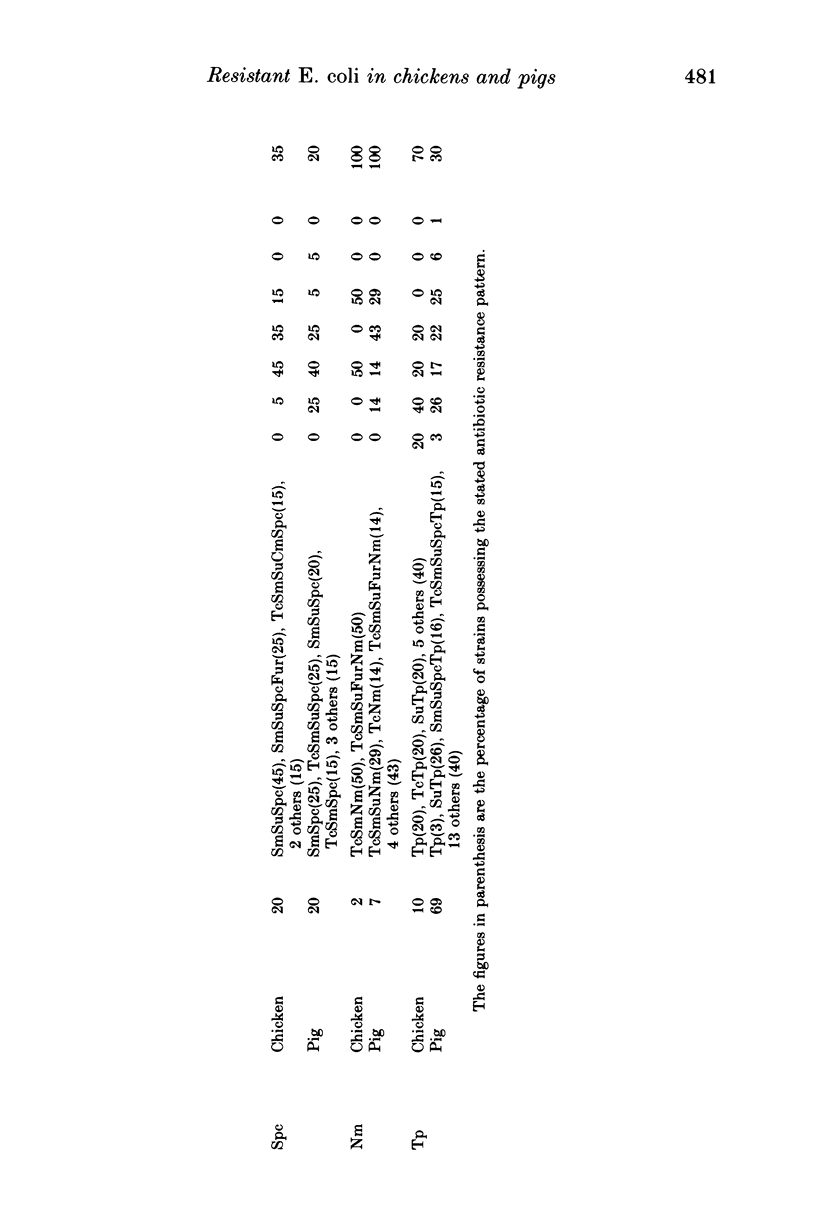
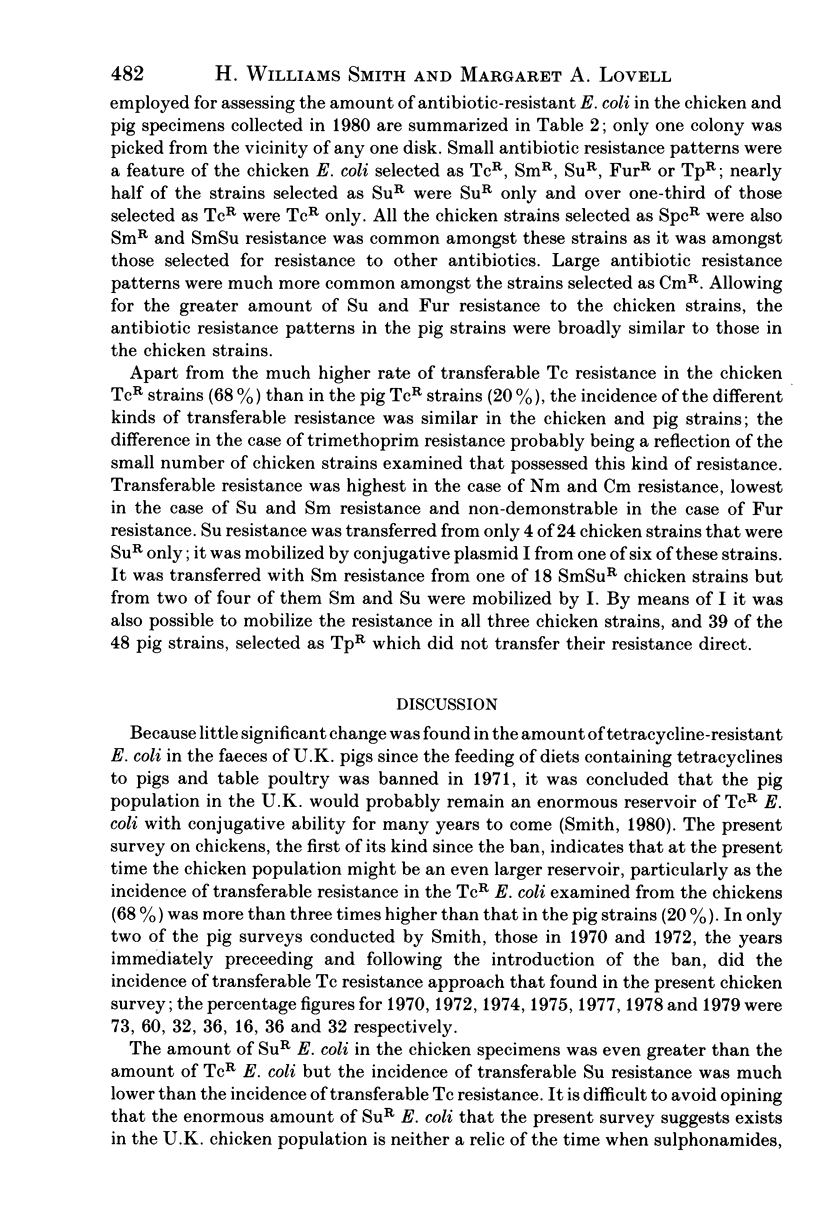
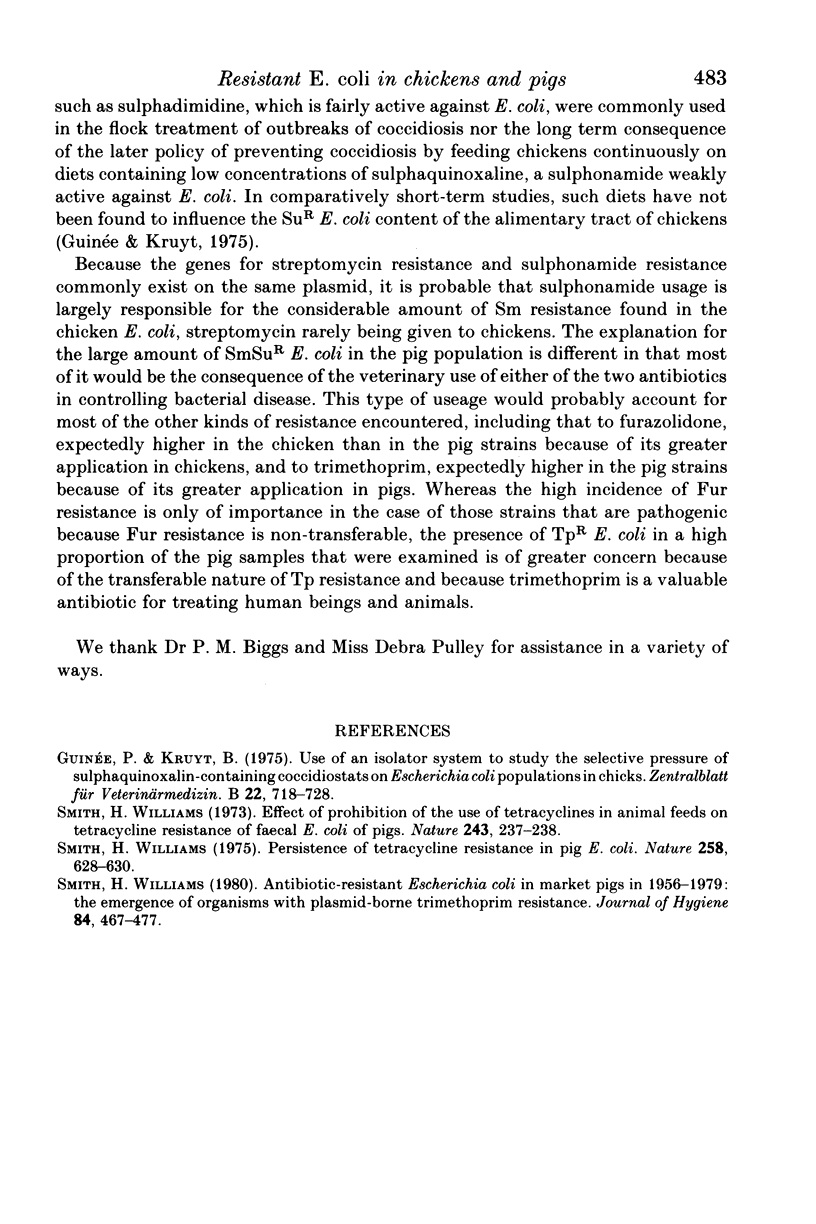
Selected References
These references are in PubMed. This may not be the complete list of references from this article.
- Guinée P., Kruyt B. Use of an isolator system to study the selective pressure of sulfaquinoxalin-containing coccidiostats on Escherichia coli populations in chicks. Zentralbl Veterinarmed B. 1975 Nov;22(9):718–728. doi: 10.1111/j.1439-0450.1975.tb00638.x. [DOI] [PubMed] [Google Scholar]
- Smith H. W. Effect of prohibition of the use of tetracyclines in animal feeds on tetracycline resistance of faecal E. coli of pigs. Nature. 1973 May 25;243(5404):237–238. doi: 10.1038/243237a0. [DOI] [PubMed] [Google Scholar]
- Smith H. W. Persistence of tetracycline resistance in pig E. coli. Nature. 1975 Dec 18;258(5536):628–630. doi: 10.1038/258628a0. [DOI] [PubMed] [Google Scholar]
- Williams Smith H. Antibiotic-resistant Escherichia coli in market pigs in 1956-1979: the emergence of organisms with plasmid-borne trimethoprim resistance. J Hyg (Lond) 1980 Jun;84(3):467–477. doi: 10.1017/s0022172400027005. [DOI] [PMC free article] [PubMed] [Google Scholar]


